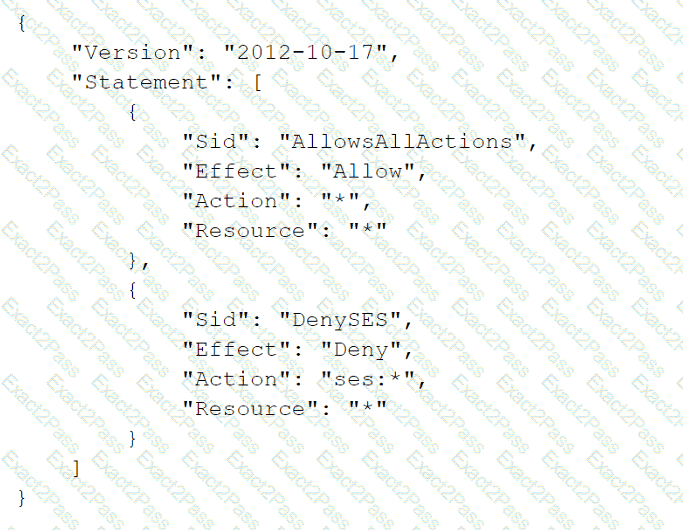SCS-C02 Dumps With Exact Questions and Answers
Exact2pass Provides 100% Valid AWS Certified Security - Specialty SCS-C02 Exam dumps Questions and answers which can helps you to Pass Your Certification Exam in First Attempt.
SCS-C02 PDF

$39.02
- Last Update: 08-Dec-2025
- 467 Questions With Explanation
- 24/7 customer support
- Unlimited Downloads
- 90 Days Free Updates
SCS-C02 PDF + Testing Engine

$54.07

- Last Update: 08-Dec-2025
- 467 Questions and Answers
- Single Choice: 367 Q&A's
- Multiple Choice: 100 Q&A's
SCS-C02 Testing Engine

$42.17
- Quick and safe approach to your success
- 24/7 customer support
- Unlimited Downloads
- 90 Days Free Updates
- Last Update: 08-Dec-2025





